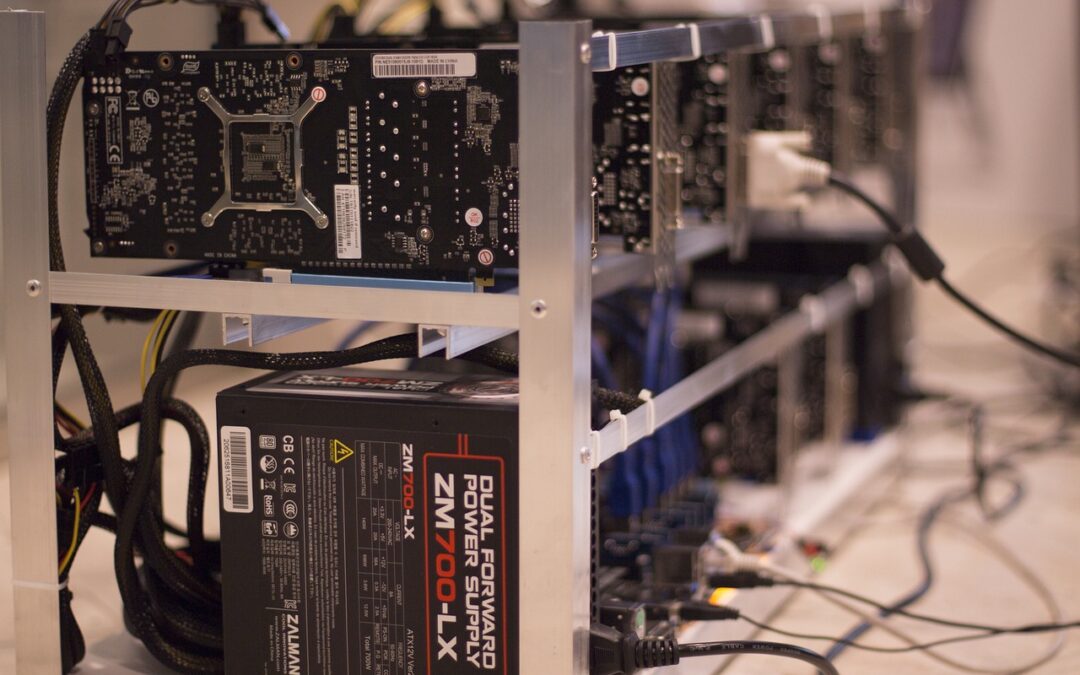Bitcoin’s energy consumption has long been a thorn in its side. The vast amount of electricity needed to power the massive computer networks that validate Bitcoin transactions has raised serious environmental concerns. However, recent trends suggest a potential shift towards more sustainable mining practices. Let’s delve deeper into the debate surrounding Bitcoin’s energy footprint and explore the emerging solutions.
The Glaring Problem: Bitcoin Minings Carbon Footprint Bigger Than Some Countries
The energy consumption of Bitcoin mining is undeniable. Studies estimate that the Bitcoin network currently uses more electricity annually than some small countries. This dependence on energy, often generated from fossil fuels, translates into significant carbon emissions. A 2022 United Nations University study found that Bitcoin mining could potentially push global warming beyond the goals set by the Paris Agreement.
The environmental impact isn’t limited to carbon emissions. Electronic waste (e-waste) generated by the constant churn of specialized mining hardware is another growing concern. The short lifespan of this equipment creates a significant disposal challenge, potentially leading to toxic materials leaching into the environment.
A Beacon of Hope: Renewable Energy on the Rise
Despite the bleak picture, there are positive developments. A growing number of mining operations are turning towards renewable energy sources like solar and hydropower. This shift is driven by several factors. Firstly, the increasing cost of fossil fuels makes renewable energy a more attractive option. Secondly, there’s a growing awareness of the environmental impact, leading some miners to prioritize sustainability.
Furthermore, advancements in technology are playing a role. New mining techniques, such as “stranded energy” capture, are emerging. Stranded energy refers to excess renewable energy that cannot be fed back into the grid. Miners can utilize this wasted energy for Bitcoin validation, creating a win-win situation for both parties.
Challenges Remain: Transparency and Sustainability Concerns
The road to green Bitcoin mining is not without its hurdles. A lack of transparency in the mining industry makes it difficult to assess the true extent of renewable energy use. Additionally, the geographical distribution of mining operations can play a significant role. If a large portion of mining takes place in regions with limited access to renewables, the environmental impact might be lessened, but not eliminated.
The long-term sustainability of Bitcoin mining also remains a question mark. As the difficulty of mining increases, the need for ever-more powerful and energy-hungry hardware might negate the gains made from renewable energy adoption.
The Future of Bitcoin Mining: A Balancing Act
The future of Bitcoin mining hinges on its ability to strike a balance between security, efficiency, and sustainability. Continued innovation in renewable energy integration and mining technology is crucial. Additionally, fostering greater transparency within the mining industry will be essential to ensure that reported sustainability efforts are genuine.
Ultimately, the question of whether Bitcoin mining can become truly green remains unanswered. However, the recent trends towards renewable energy adoption offer a glimmer of hope. As the debate continues, one thing is clear: the future of Bitcoin is inextricably linked to its ability to address its environmental impact.

